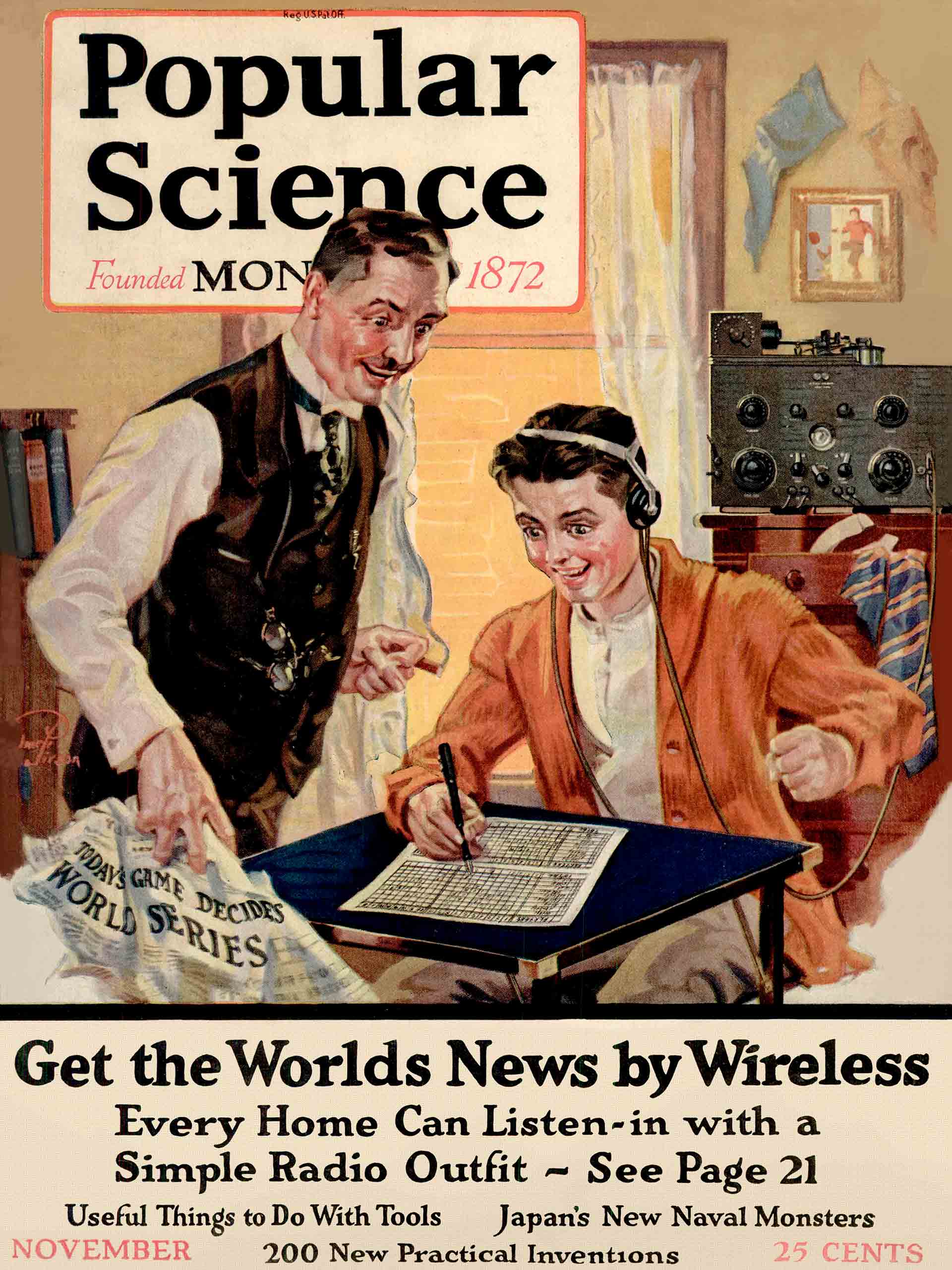
As part of the Didaktika project, the Museum designs educational areas and organizes activities to complement its exhibitions. Tools and resources are provided both in the galleries and online to increase viewers’ understanding and comprehension of the artists and works on display.

Technological developments astonished the masses that applauded the US engineer, Charles Lindbergh, the first pilot to land on Europe after crossing the Atlantic Ocean from west to east on his own in an airplane in 1927. The large industrial manufacturing companies, such as Ford automotive company, produced millions of vehicles (including its famous Model T) and airplane engines. This served as the inspiration for great films, like Charles Chaplin’s Modern Times, which ridiculed the capitalist ideal of endless growth and acceleration in 1936.
Previously, two silent films representing what was known as German expressionist cinema characterized the era: The Cabinet of Dr. Caligari,
a horror film directed by Robert Wiene in 1920, and Metropolis, a science fiction film with the screenplay by Thea von Harbou and directed by Fritz Lang in 1927. Both became cult films because of their stunning use of images, music, and futuristic scenes.
Is there any film that has had a similar impact in recent years?
In an era of constant transformation, communications were essential: in 1927, the first public broadcasts were aired on TV by the BBC. The television, invented by Vladimir Zworykin, brought the different social classes closer together because they all saw and heard the same programs regardless of their status. Several years earlier, the radio had had a similar effect.
“Get the World’s News by Wireless”. Front cover: Popular Science, November, 1921. Getty Images.
